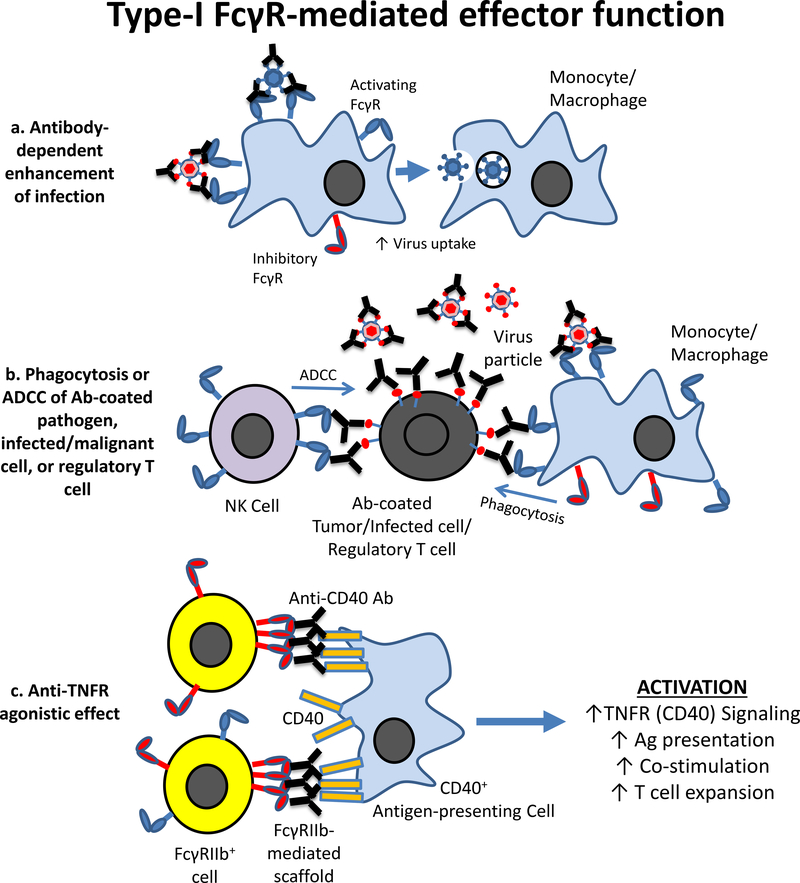Figure 4. Type-I FcR-mediated effector functions.
a) Antibody-dependent enhancement of infection and/or disease. Pre-existing sub-neutralizing antibodies present from a primary infection (e.g., dengue) bind to viral particles during a secondary infection with a different viral serotype. These immune complexes are bound by Type-I activating FcγR expressed on monocytes and macrophages, mediating increased virus uptake and replication that results in the enhancement of infection. b) Clearance/cytotoxicity of antibody-coated pathogen, infected/neoplastic cells, or regulatory T cells. Antibody-opsonized pathogens interact with Type-I activating FcγRs on monocytes/macrophages, leading to phagocytosis and clearance. Antibody-coated malignant, virally-infected, or regulatory T cells also engage monocytes/macrophages or NK cells, resulting in phagocytosis or cell-mediated cytotoxicity (ADCC) of the target cell. Removal of infected/tumor cells leads to clearance of disease, while removal of regulatory T cells leads to enhanced cellular immunity. c) Anti-TNFR family agonistic effect requires Type-I FcγRIIb expression. Anti-TNFR family antibody (e.g., anti-CD40) binds CD40 on antigen-presenting cells. FcγRIIb+ cells bind CD40-bound antibody in trans, thereby acting as a scaffold to provide the clustering of TNFR molecules on the membrane to mimic the effect of multimeric ligand engagement and activate TNFR-related pathways (CD40 signaling and cellular activation).

